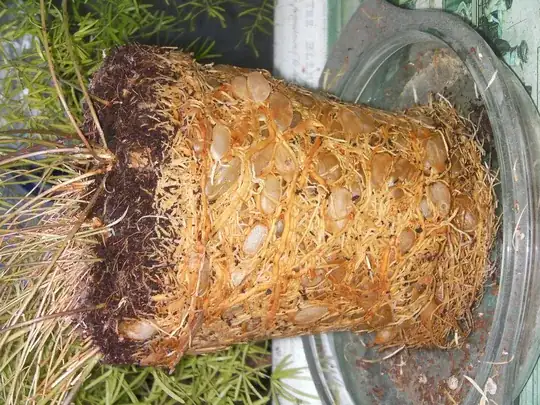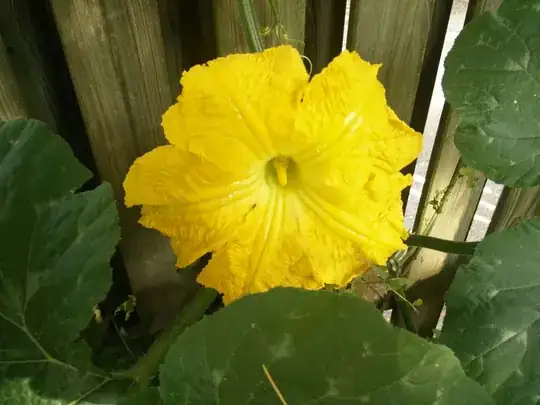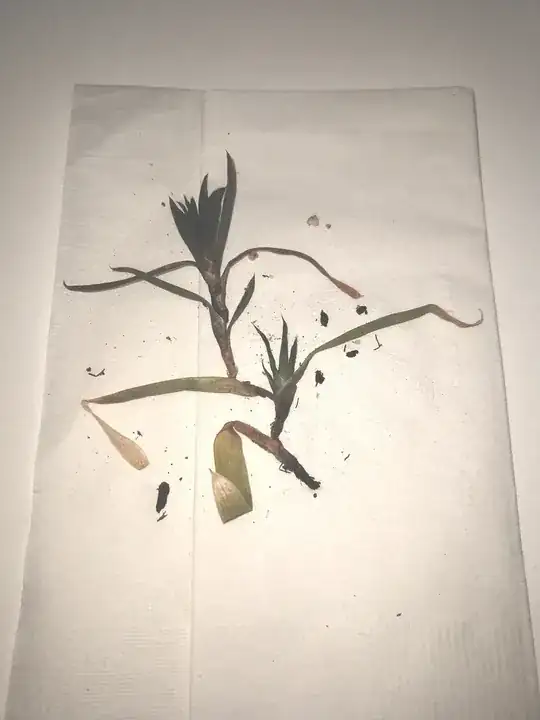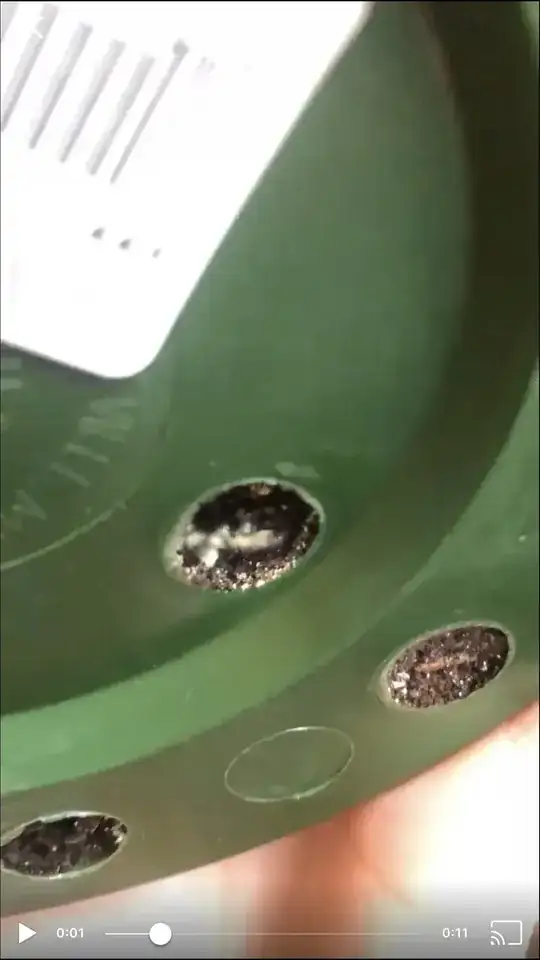Location: north Italy (alps)
My mom has a corner in which she throws away garden/grass cuts and vegetables/fruit/plants scraps. By spring this will have (to some degree) turned to "earth", and we will then add it to the vegetable garden before planting new stuff.
Sometimes it happens that some leftover seed will sprout and grow into a plant - this year it's a pumpkin plant, but it's growing bit out of control! I'm not too worried about it taking over the lawn, as it's more weeds than lawn, so I hope it will die/dry up the underlaying grass//weed and have a clean slate to seed new lawn. However, it's starting to grow over the fence out into the street, into the balcony, and covering other plants.
The leaves and fruits are around 40cm/15in wide, the branches are many meters/feet long in multiple directions. The flowers look like zucchini to me, but most of them fall off after a while without developing into a fruit.
- What kind of pumpkin is this? How will I know when it's ripe and ready to harvest?
- As it's growing on the lawn instead of earth, should I be worried about it rotting if it gets too wet/humid? If so, how can I prevent this?
- How can I stop some of the branches from growing further? Can I just cut off the tip, or will this make the whole branch die, or branch out more?




